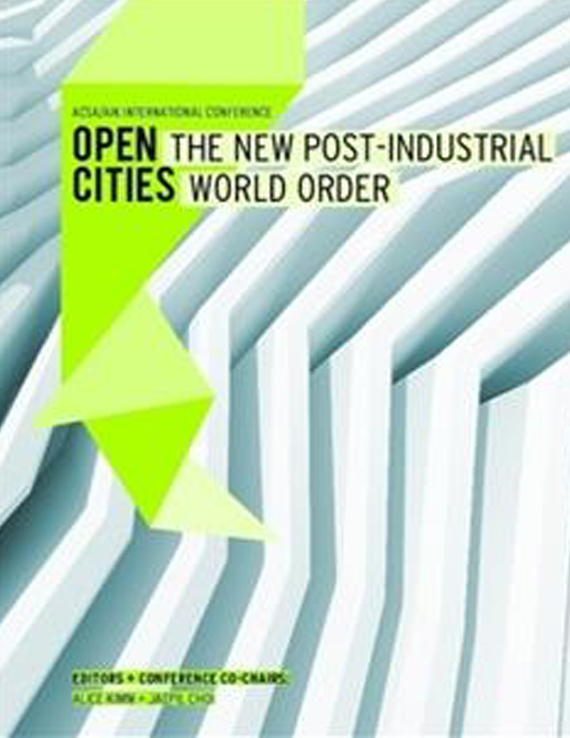Author(s): Charles Davis
The scholarly critique of Western bias in modern architectural history has led tonew inclusive historiographies of design in recent years. Mark Jarzombek, VikramadityaPrakash, and Frank Ching’s Global History of Architecture (2010) is onlythe latest historical survey that reconsiders architectural genius from formerlymarginalized perspectives. Despite these advances, however, African Americanscontinue to be underrepresented in historical surveys of modern architecture.This situation is due in part to the racist patterns of patronage and licensure thathindered the progress of black designers in the twentieth century. My researchseeks to redress this oversight by rejecting professional licensure and physical constructionas the sole criteria for inclusion in the architectural canon. I argue thatpostwar African-American writers have successfully linked black material cultureto the principles of architectural modernism with textual techniques that approximatethe visual work undertaken by architectural utopian thinkers. Uninhibitedby the social and material limits that hindered professionally trained architects,black writers rhetorically offered their readers an immersive intellectual contextfor reconsidering the broader cultural implications of modernist spaces – evenwhen these contexts were not primarily visual in nature. In this paper, I will examinethe manner in which June Jordan’s novel His Own Where (1971) participatesin an alternative tradition in utopian modernism that has so far gone unnoticed byarchitectural historians.Jordan’s career as a writer and activist is interesting for its flirtations with professionalarchitectural design culture. She not only collaborated with BuckminsterFuller in his utopian design for a ‘Skyrise for Harlem’ (1969), but during her youthshe undertook coursework in Environmental Design and independently studiedarchitectural history after dropping out of Barnard College. Using Jordan’s textualdescriptions of Harlem brownstones as a prompt, I create a series of architecturalmodels and diagrams that materially translate the alternative modernisms outlinedin her novel His Own Where. A central aspect of this novel is the work of ayoung black male protagonist, Buddy, who uses modernist principles to remodelthe interior of his father’s three-storey brownstone. Buddy’s intuitive approachto physical space is interesting to contemplate as it both reflexively illustrates thepostwar black artist’s unofficial participation in the dissemination of architecturalmodernism amongst a marginalized population. This description of the black artist’scontributions to architectural culture is true for both Buddy in the novel andfor Jordan in real time. I offer my detailed analysis of Jordan’s novel as a paradigmaticcase study for including the utopian principles of other postwar black writersinto the architectural canon, including works such as Ralph Ellison’s InvisibleMan (1947), Ishmael Reed’s Mumbo Jumbo (1972), Amiri Baraka’s “The Dutchman”(1964), and Colson Whitehead’s The Intuitionist (1999). Each of these worksprivileges the black producer and takes black space as the primary social contextfor considering architectural modernism, which revises the dominant gaze of mosthistorical surveys and challenges or expands our understanding of the historicalreach and importance of design culture for diverse populations.
Volume Editors
Alice Kimm & Jaepil Choi
ISBN
978-0-935502-91-6

 Study Architecture
Study Architecture  ProPEL
ProPEL 
